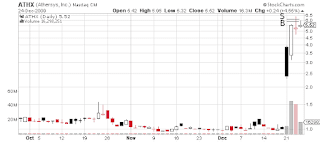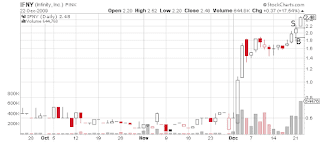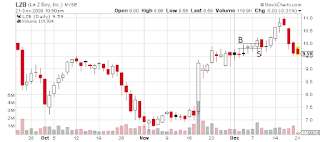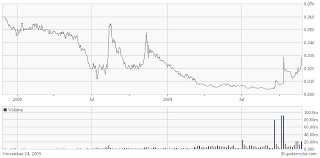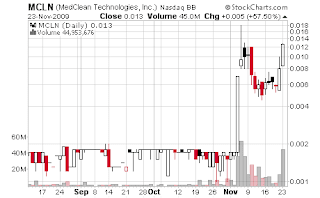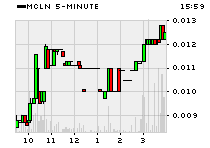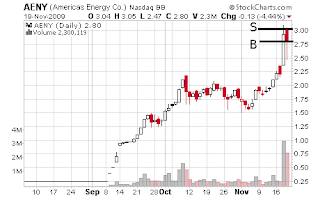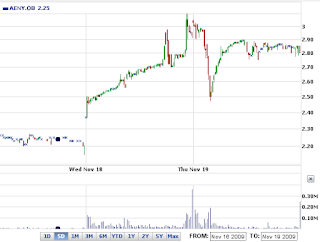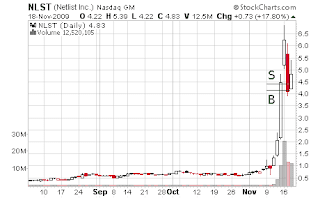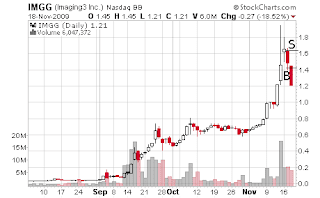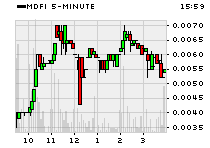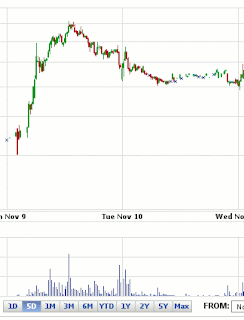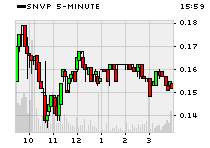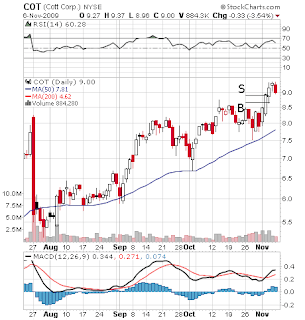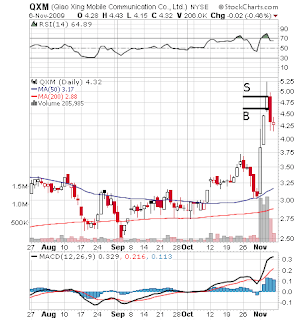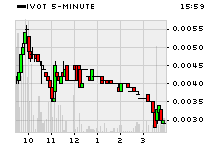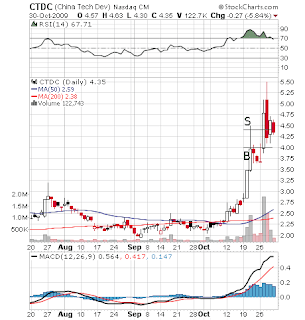I've found this recent (appeared yesterday) and thought provoking piece of analysis by Fursov on russia.ru. Translating from the Russian:The tasks of the financial crisis
In the recent months people say more and more often that the crisis is abating, that the remission has come, that the crisis was not too dangerous, that now one can take a breather and stop worrying.
To me, this resembles one familiar story about a boy and the wolves. The boy used to cry "Wolf!", but there were no wolves, people stopped believing him, and when the real wolves showed up, nobody came and the wolves ate the cattle. This resembles today's situation when people are comforting themselves. At first people cried -- "Crisis, crisis!" -- yes, certain phenomena of a crisis took place. Indeed, there were bank mergers, at the same time with other events. For example, there is a lot of talk about swine flu and I believe that's a good distraction -- it draws people's attention away from the crisis, letting other people make some money, but that's a different problem. The main thing is that despite the fact that many new topics appeared recently in the media and along with the talk about the crisis being "not that strong", the topic of the crisis is fading away -- I agree with those economists who believe that the present calm is temporary and the crisis will strike for real in 2014-2015 and that wave will be a lot more serious. Whether this is so we will see, but another question is interesting. This crisis -- to what extent is it "natural" and to what extent is it man-made? Looking at practically all major economic crises of the XXth century, in particular the Great Depression, we see that they are all man-made. And a very simple question can be asked, the way Romans used to do it: "Qui Bono?" For example, what happened after the '29-33 crisis? As a result of that crisis, the financial capital bancrupted small and medium banks, expropriated their assets, and largely put the political life in the US and in the world at large under its own control. That was the main result of the Great Depression and as Carroll Quigley wrote in his remarkable work on the history of the first half of the XXth century, in '29-33, the march of the financial capital to the political power, the march that began in 1870s and had the formation of the FRS as its milestone, has finished with a triumph -- and Carroll Quigley applauded that.
And if we look back at that crisis, it's all quite clear -- those lines, along which people would benefit, obtain privileges, accumulate wealth and so on. If we look at today's crisis, we see the same process, except for it's not the big fish eating the small ones, but super-large fish eating the large ones; large banks go bankrupt, and who is grabbing them? Well, for example, banks that belong to the Morgan family, who did a very good job in these few months during the crisis. Large banks go bust, but the super-large ones acquire their assets. So in reality it's the process of capital concentration that takes place, and that's one of the tasks of this crisis.
In fact, today's capitalist economy is a planned economy, it's not "free". Indeed, in many parts of today's economy there is no "market" at all. What market can you talk about in the natural gas industry? What market is there in the sphere of arms trade? Well of course a few dozen percent in almost every major sphere belong to "market", but in all other respects there are monopolies. It's for a reason that French historian Baudelle used to say: "Capitalism is the enemy of the free market". That's because in the market, capitalists struggle for the monopoly and one should say that the entire history of capitalism is, however paradoxal this might sound, is the struggle of the capitalist class against the market, in the market. The market is preserved as the battle field, but the goal of the battle is to limit the market and thus to finish its existence.
By the way, Attali wrote quite frankly about that in "A Brief History of the Future" where he wrote that the task of the world government which was going to establish its power over the world in the middle of the XXIst century would be to finish up the financial capital, to put it under control and to introduce the global distribution-based economy. And the shortest path towards the world government is the global currency; the shortest path towards the global currency is the global financial and economic crisis.
Thus the present crisis pursues a number of tasks, the tactical and mid-range ones. For example, I am deeply convinced that one of the tasks of the crisis was to slow down China, but this goal was not accomplished, because even though they did slow down China, the rest of national economies began to feel even worse, it's the non-national economies so to speak, who won. Besides, there is a lot of things we don't know, since the financial capital is a non-transparent thing -- it's known that the Morgans did grab some banks but we don't know exactly what the Rothschilds gained as a result of this shake-over, what the Rockefellers gained, we can only guess about some very serious tensions at the world's top, using a number of indirect indicators.
Obama, the Rockefellers' man, is understandably for the US dollar, while the Rothschilds and the Chinese back some other currency. Thus the world crisis, besides its visible aspects, has a very powerful hidden code and that hidden code has to do with the struggles within the world's capitalist class, about which little is known, which are not discussed in the press and on TV. The main fight is under the carpet. And in great many areas we can only form indirect inferences based on some visible movements, although the general direction of the crisis is completely clear -- it's towards concentration of the capital, the maximal concentration of the capital.
Even given that, the most interesting question is the following: suppose those who planned the crisis fully accomplish their goals, and concentrate the huge capitals in the hands of literally a few families. In such a situation, money stops making sense in general, since when money is concentrated in such a compressed form, it becomes power, pure power.
The character of Robert Penn Warren's novel, Willie Stark (his prototype was Huey Long, the Governor of Louisiana and a Roosevelt's rival, killed in '35) used to say: "Money makes sense up to a certain point, beyond which it's only power that makes sense".
I've got no smoking gun, but based on all I know from the history of the capitalist system, I have no doubt that the final result of the accumulation of enormous funds among very few owners will be an abolishment of those same funds and their transformation into sterile pure power, on the basis of which a completely different society will be formed, which is something Attali blabbed about: the financial capital is being put under control, is abolished, and an economy of distribution is established -- and the economy of distribution applies not only to the tangible goods -- it's information and resources, too. That is, an hierarchical structure of global control is established and in that respect this financial crisis of today is, I believe, one of the steps towards this new system.
Whether anything will come out of that is another question. History is ironic at times: for example, certain people in the early XXth century were planning to break Germany, Austro-Hungary, Russia, the Osman Empire apart as something which stood in the way of the financial capital's progress. Well, they did break apart the Osman Empire, they did break apart Austro-Hungary, they even broke apart Russia -- but in Russia's place a creature even more dangerous to the global financial capital emerged, the Soviet Union, the anti-capitalist camp. In other words, there are no linear moves in history, and quite often the people who start such fine multi-move games, these same people lose. We just have to see how the events will unfold in the future, but in order to understand what's going on, one has to, first, watch the events very carefully and second, to avoid getting fooled and to look at the world with one's own eyes and not with somebody else's.

